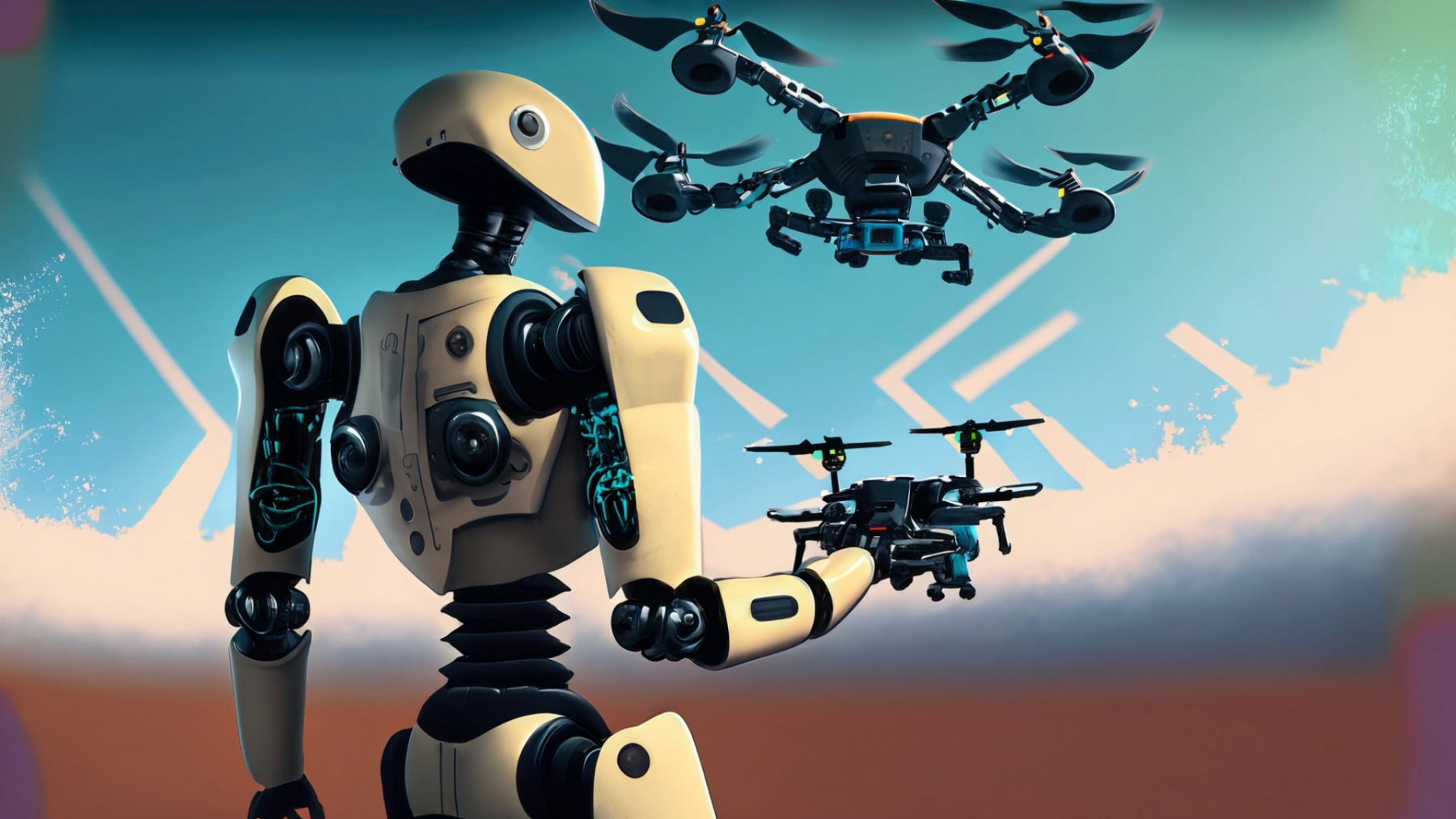
Coding a Drone to Fly on Mars: Three More Complex Missions! (2 of 2)
by Rob Lynch
On the second day students use more complex coding, the built in camera for taking pictures and experience FPV. It has 3 missions total in this lesson. This lesson also uses yaw to keep the camera facing towards objects.
Lesson Plan Link/URL
https://docs.google.com/presentation/d/17Zjoe1MfpC1bnOcSXnc1mA0zpbeYReNw/edit?u…Subject Area
Science Physical Science P2: Objects at a Distance P3: Net Force Technology 1. Empowered Learner 3. Knowledge Constructor 4. Innovative Designer 5. Computational Thinker Engineering S2: Apply the Engineering Design Process Mathematics Measurement and Data (MD)
Featured
Off
Related Content

Grades:
4th Grade, 5th Grade, 6th Grade
Students will construct a rocket by exploring the relationship of the mass in the nose cone to the success of a launch. Students will learn about "center of mass' and how to find it, as well as the

Grades:
5th Grade, 6th Grade, 7th Grade
Students will learn about the physics of motion and force and use those to create a mini-golf course hole that has obstacles and an environmental awareness theme.

Grades:
6th Grade, 7th Grade, 8th Grade, 9th Grade
Students will create Rube Goldberg machines from simple machines in this engaging lesson. The teacher can determine materials such as wooden planks, paper towel rolls, bottle caps, marbles, cardboard